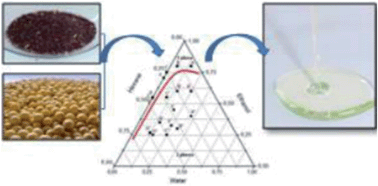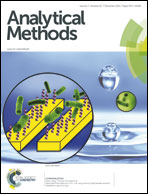A new method for lipid extraction using low-toxicity solvents developed for canola (Brassica napus L.) and soybean (Glycine max L. Merrill) seeds
Abstract
Soybean (Glycine max L.) and canola (Brassica napus L.) seeds contain polyunsaturated fatty acids such as omega-3 and omega-9, which are important for the prevention of cardiovascular disease and the control of LDL cholesterol, leading to scientific interest in extracting and characterizing these lipids. To prevent the degradation of polyunsaturated fatty acids, lipid extraction should be done cold. A “new-method” for cold lipid extraction has been developed, which uses low toxicity solvents such as hexane and ethanol. This method aims to replace chloroform and methanol widely used in the Bligh & Dyer method. By employing the new method, which uses ethanol, hexane and water in the ratio of 2.5 : 2.5 : 1, an average of 28% canola and 16% soybean total lipids were extracted, and the mono- and polyunsaturated fatty acids did not suffer degradation. The amount of lipid extracted by the new method was compared with the Soxhlet and Bligh & Dyer methods. The new method uses low-toxicity solvents for lipid extraction, and the accuracy values range between 103.33% and 107.51%, proving it to be an efficient method.


 Please wait while we load your content...
Please wait while we load your content...